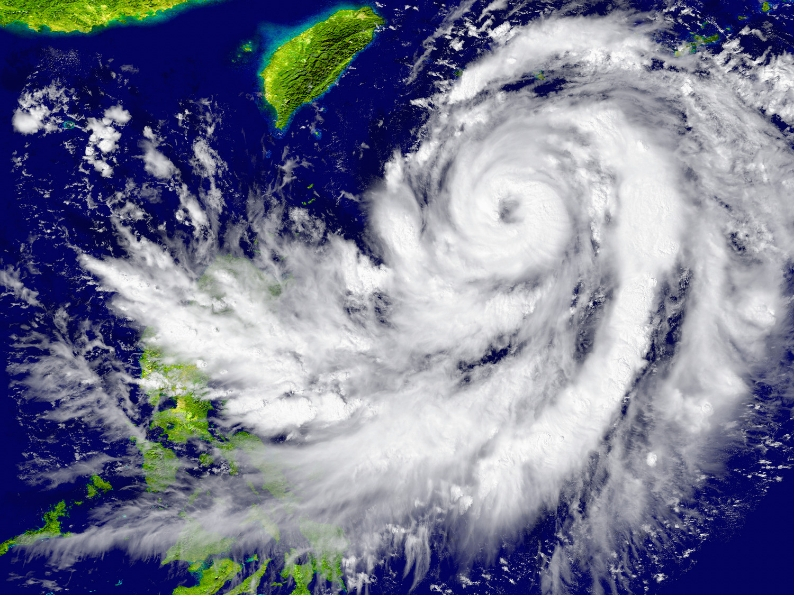Tornado alert is one of my memorable experience in Ohio, USA. I even recall the ominous green color of the sky and the tension I felt while we were staying put in the underground level of an apartment building. The warning caught me totally off guard, because I had not been paying attention to the information as local residents do. All I knew about tornados, at that time, were some images of devastated houses.
Thus, here are 5 things that foreign residents and visitors might want to know about typhoons:

1. Tyhoon’s High Season
Between May and October is the high season. Although there are 20 to 30 typhoons born in each year, they rarely hit Japan in early spring and winter.
2. Typical Paths of Tyhoons
When typhoons get close to Japan, they are usually northeast bound and some of them go across the archipelago. The western Japan, especially Okinawa and Kyushu islands are the area most frequently struck by typhoons. On the other hand, Hokkaido, the northernmost major island, is least affected. Typhoons are usually worn out before they get to the northern region of Japan.
3. What happens to the public transportation?
Depending on its harshness of wind and rainfall, weather warnings are issued. At this point, public transportation might stall. It could come back up within several hours, or it could take a day, depending on the size and strength of the typhoon. A large typhoon can cover areas of up to 800 km in diameter and moves at the average speed of 10 to 30 km/h.
4. How do the Japanese get prepared for typhoons?
I believe that it is safe to say that getting prepared for typhoon is all about keeping informed on the progress of each typhoon. Here, I must emphasize the importance of paying attention to the weather forecast in Japan. How important? “There is a weather forecast section on the top page of all major newspapers in Japan, except Nikkei (an economic press).” Yes! You’ll find the forecast every day in Japan. Newspapers are just one source, and the Japanese do not have to make special efforts to know if there is a typhoon out there that might hit Japan.
5. Where to find Weather Advisories in English
I recommend the website of Japan Meteorological Agency. You’ll find weather advisories (注意報) and warnings (警報)issued at the moment. If the website contains too much information for you, how about announcements made by The US Embassy Tokyo? “ Embassy Massages and Travel Alerts“? I will put up another post about the weather advisory terms, which are common knowledge among the Japanese people to steer clear of disasters.
